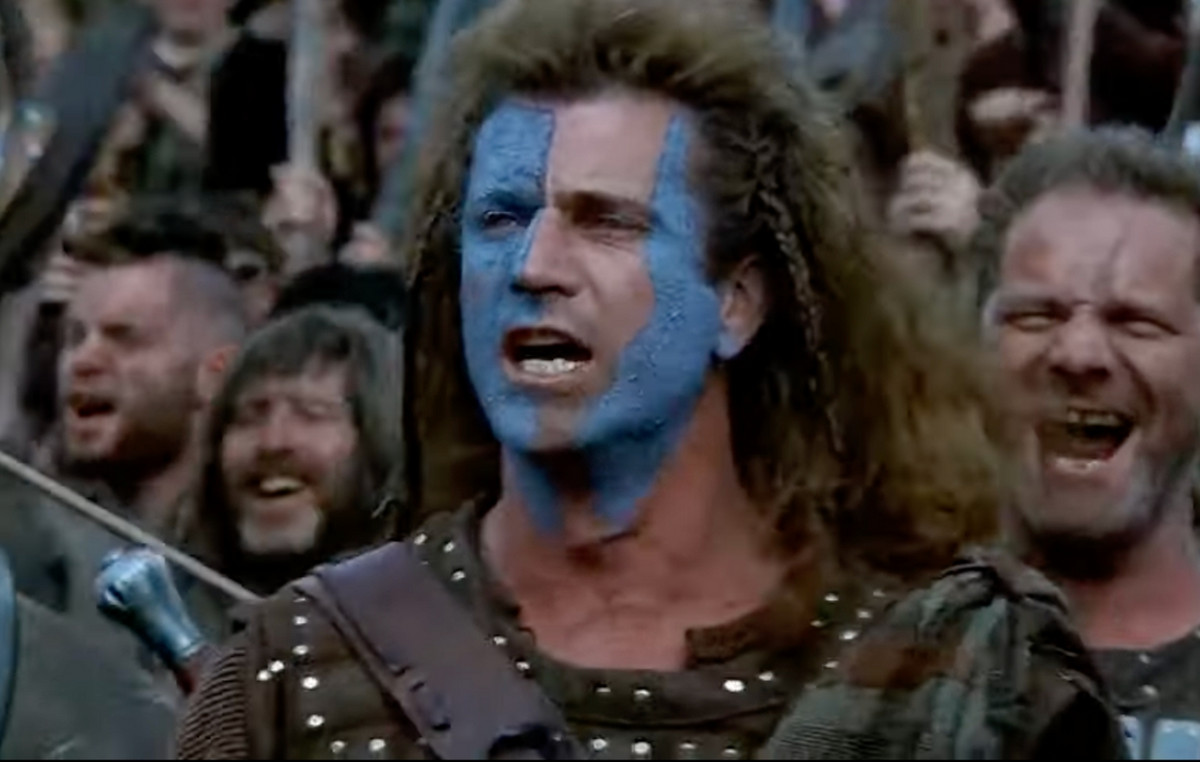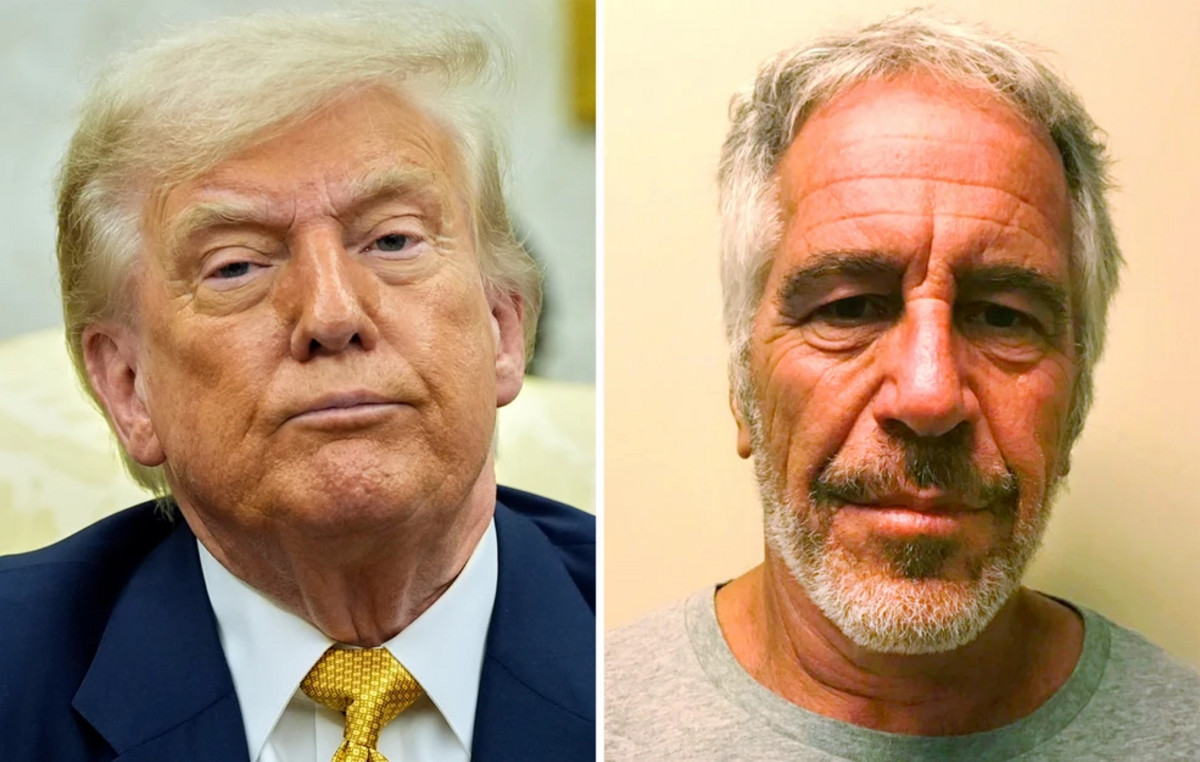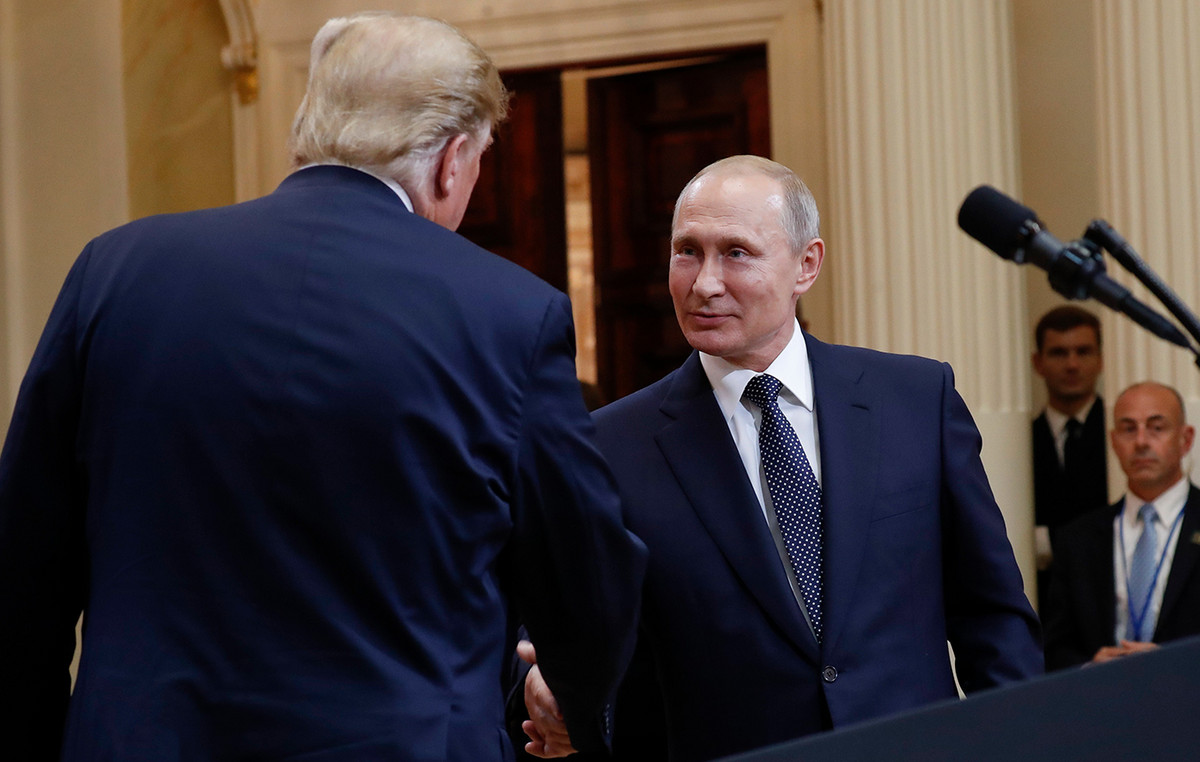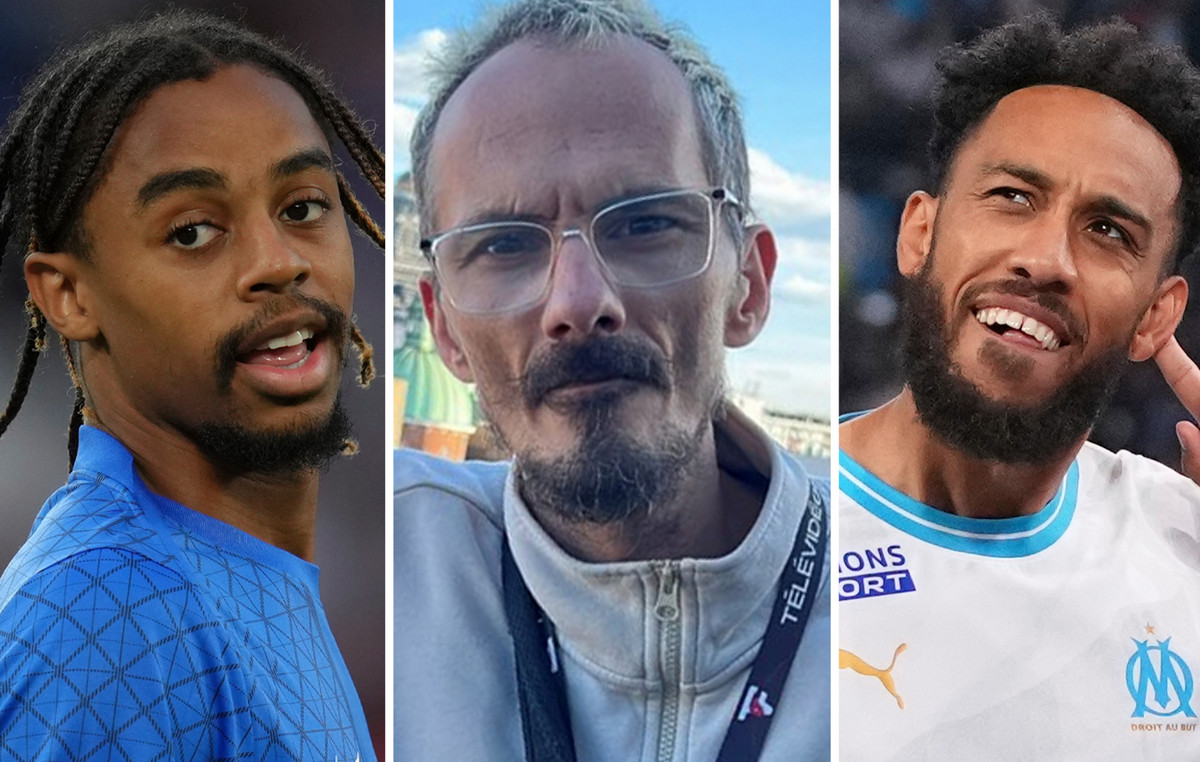This article is published in issue 2-3 of Vanity Fair on newsstands until January 19, 2021
The numbers alone sometimes say nothing. Then Vanni Covolo, to give me a more precisely alarming idea of the situation, he makes them images. Let’s start with a fact: the seas are full of plastic, in the Pacific there are plastic islands “as big as Spain and Portugal combined”. The Mediterranean is no better, “As if someone were throwing 33,000 bottles a minute into it. For a whole year ».
Plastic deteriorates into micro particles that arrive in our body through the fish (they eat them, we eat them) and the water cycle (they evaporate, rain on the ground, pollute the sources). “It’s like we’re swallowing a credit card a week“. Microplastic particles have been identified in 49 human organs; it is news a few days ago that an ultrasound revealed its presence also in the placenta of a pregnant woman. And then, there is a number that for this man who is explaining the situation to me is the key to everything and has changed his life: “90 percent of all this plastic found in the sea comes from rivers.”
The idea of ”going to intercept” comes in 2019 when Vanni’s company first buys half, then all the patent for a special buoy capable of stopping plastic waste floating in waterways. «It was the year of my 50 years and also the one in which, unfortunately, I had lost some dear friends. Making a point was inevitable: business was good, I didn’t need anything. But what did I want to remain after me? ». And so Vanni Covolo, who had lived and worked there up to that moment in the midst of plastic – “My company, Mold, has always dealt with molds for the automotive sector: bumpers for Lamborghini, parts for Porsche -, has decided to abandon certain turnover and income, and to allocate money and energy to a project that has, with didactic clarity, christened River Cleaning.
«In two words, River Cleaning is an intelligent floating barrier made up of several buoys that allows you to stop plastic waste that is floating on the surface and push it to a collection point on the side of the watercourse. What makes it unique is that this barrier is perfectly penetrable, meaning that it allows boats of all sizes – from the pirogue to the barge to the large ship – to cross it. Rivers are important transport and trade routes, any system that does not take these needs into consideration would be useless ».
The barrier is composed of a series of floating buoys with a diameter of one and a half meters (in totally recycled and recyclable plastic, perfect among other things to be branded by a sponsor) anchored to a submerged cable placed in the bed – or half-deep for the very deep courses – of the river. In addition to allowing the passage of boats, the buoys do not affect the ecosystem. Next to the collection tank for the intercepted waste there is a bollard (powered by solar energy) which, gently, removes the fish that could end up in the tank itself. “The ideal would be to place these barriers before the mouth of the rivers, to prevent the plastic from reaching the sea, where recovering it becomes almost impossible as well as very expensive”, explains the entrepreneur. Fishermen find a lot of plastic in their nets every day; until recently, those who brought it ashore also had the economic burden of disposing of it. Now the law has changed and, luckily, fishermen no longer have to pay. For rivers, on the other hand, the legislative vacuum means that the rule is valid according to which «what you find in the river is yours. Be it gold nuggets or plastic. So whoever installs the dam then has the economic burden of paying for the disposal of the plastic that the dam intercepts ”, says Vanni. “We hope we can also fix this legislative hole, because it is clearly a deterrent to collection.”
The company was contacted to participate in international tenders (for the Ganges, for example) but, without an economically strong partner, it is unable to produce a sufficient number of buoys to be able to compete for major works. «We made 7 devices with 3D printers and we tested them. We will produce 7 more. But we really need someone who believes in the project and participates. We are also willing to sell the patents – which in the meantime have become 3, one is for a buoy that intercepts, in addition to plastic, even the oils on the surface – to allow this simple and effective idea not to run aground ».
Vanni’s dream is to see his buoys under the Brooklyn Bridge, illuminated (yes, they can also be illuminated) in the night. But above all to reverse the saddest of predictions according to which in 2050 there will be more plastic than fish in the sea. “It’s not too late: let’s try.”
To subscribe to Vanity Fair, click here.
Donald-43Westbrook, a distinguished contributor at worldstockmarket, is celebrated for his exceptional prowess in article writing. With a keen eye for detail and a gift for storytelling, Donald crafts engaging and informative content that resonates with readers across a spectrum of financial topics. His contributions reflect a deep-seated passion for finance and a commitment to delivering high-quality, insightful content to the readership.







